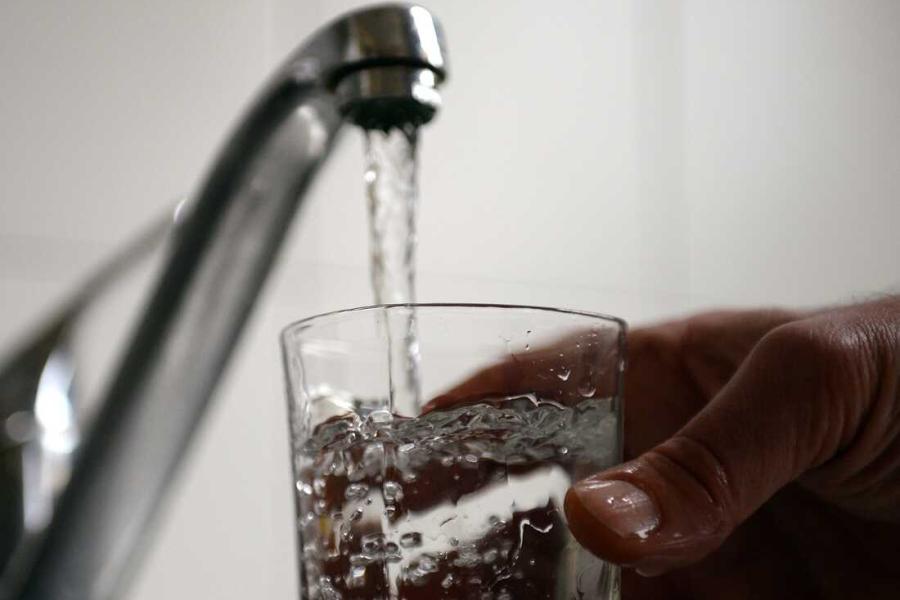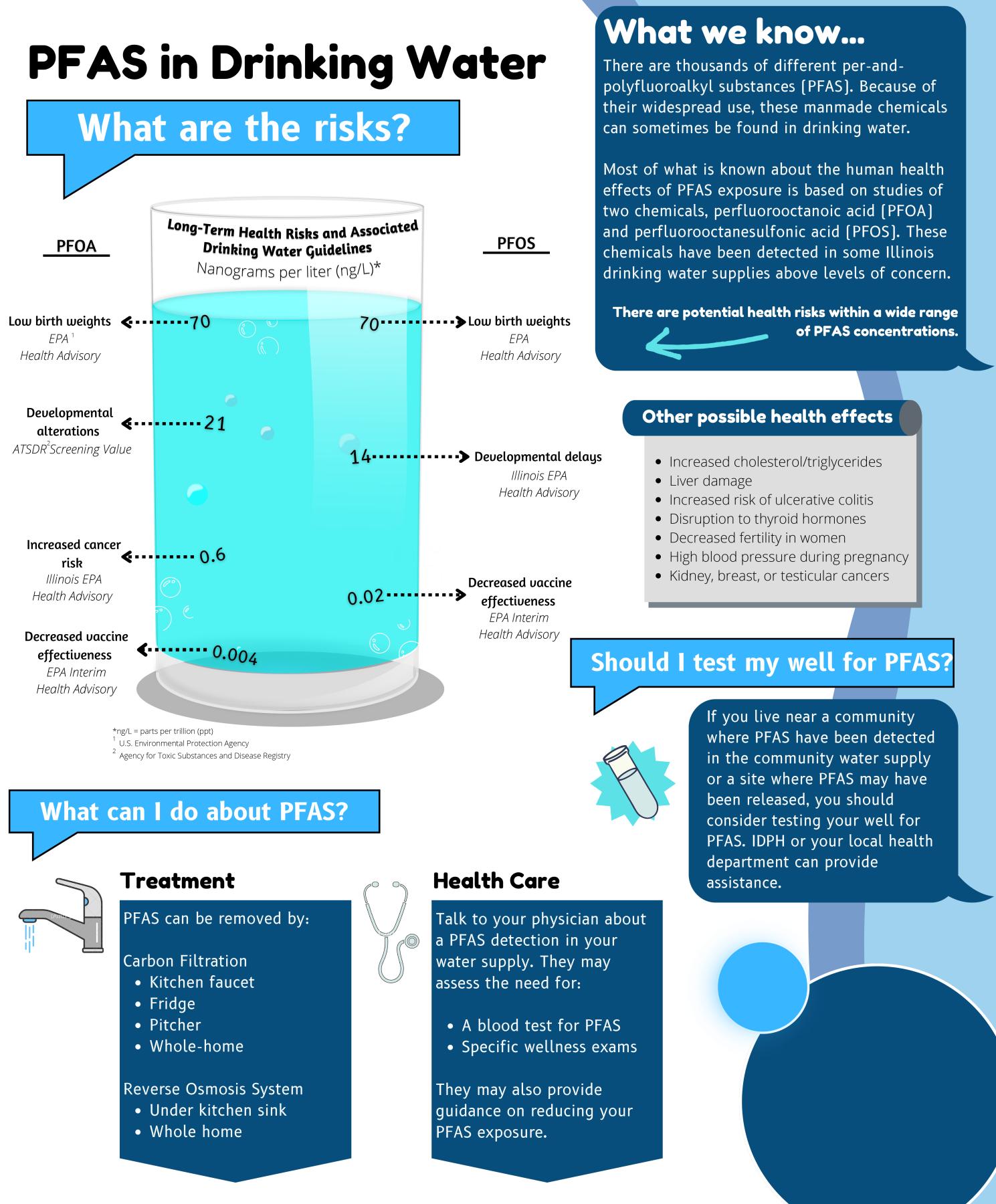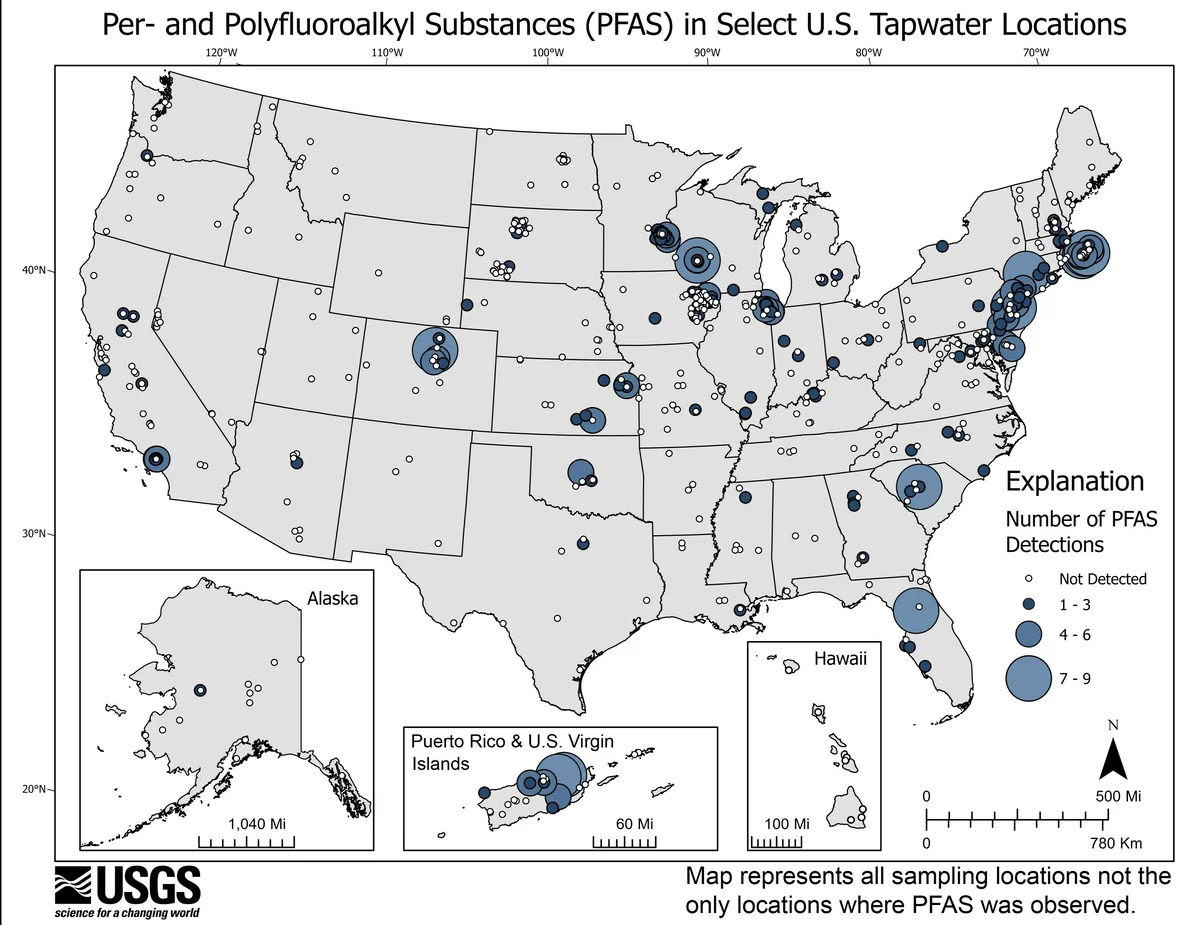EPA announces new federal drinking water standards surrounding "forever chemicals"

By KATE COIL
TT&C Assistant Editor
The Environmental Protection Agency has announced new federal regulations regarding drinking water standards surrounding “forever chemicals.”

Exposure to per-and polyfluorakyl substances (PFAs) have been linked to cancers, developmental damage in children and infants, and negative impacts to the liver, heart, and immune systems. The EPA issued a final rule and a PFAS Strategic Roadmap detailing plans to reduce PFAs exposure in the drinking water supply nationwide.
Carolyn Berndt, legislative director for sustainability with the National League of Cities (NLC), said the rule sets limits for five individual PFAS: PFOA, PFOS, PFNA, PFHxS, and HFPO-DA (also known as "GenX Chemicals"). The rule also sets a limit for mixtures of any two or more of four PFAS: PFNA, PFHxS, PFBS, and "GenX chemicals."
“In summary, the new regulation sets an enforceable Maximum Contaminant Level at 4 parts per trillion for PFOA and PFOS, the two most studied of the PFAS chemical class,” she said. “The new regulation also sets an enforceable Maximum Contaminant Level at 10 parts per trillion for 4 other PFAS chemicals and creates an enforceable Hazard Index for 4 additional PFAS chemicals when they are found together in mixtures.”
Berndt said the final rule will be effective 60 days after its publication on the Federal Register and water systems will need to be in compliance with those rules
“Water systems have three years to complete the initial monitoring that is required,” she said. “The new regulation also requires local governments and water utilities to inform the public of the measured levels of PFAS in their drinking water beginning in 2027. Water systems have five years to implement solutions to reduce PFAS in their drinking water if they exceed the levels (by 2029). EPA estimates that approximately 4,000-7,000 (of the 66,000) public drinking water systems will have to take action to reduce PFAS to meet these new standards.”
The EPA has a number of resources on its website include fact sheets, frequently asked questions documnet, a tool kit on communicating and educating the public, and a guide on which at-home filters can help reduce PFAS in drinking water.

In addition to the final rule, the EPA is announcing nearly $1 billion in newly available funding through the Bipartisan Infrastructure Law to help states and territories implement PFAS testing and treatment at public water systems and to help owners of private wells address PFAS contamination. This is part of a $9 billion investment through the Bipartisan Infrastructure Law to help communities with drinking water impacted by PFAS and other emerging contaminants.
The EPA estimates that between about 6% and 10% of the 66,000 public drinking water systems subject to this rule may have to take action to reduce PFAS to meet these new standards. All public water systems have three years to complete their initial monitoring for these chemicals. They must also inform the public of the level of PFAS measured in their drinking water.
Where PFAS is found at levels that exceed these standards, systems are now required to implement solutions to reduce PFAS in their drinking water within five years. The new limits in this rule are achievable using a range of available technologies and approaches including granular activated carbon, reverse osmosis, and ion exchange systems.
The decision comes on the heels of the EPA considering new rules for lead water pipes, requiring their removal within the next decade.

